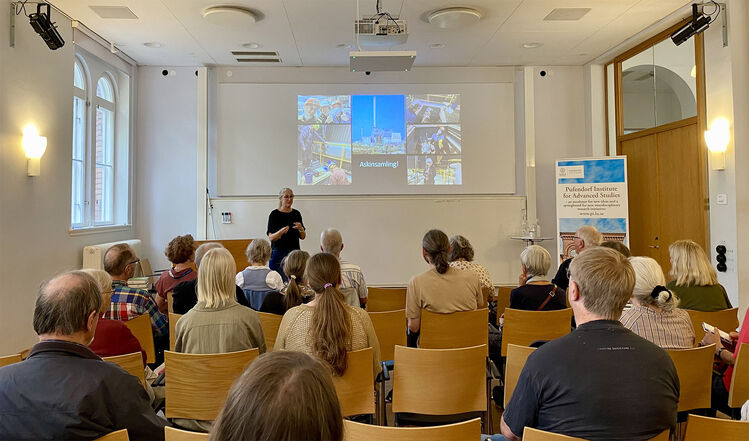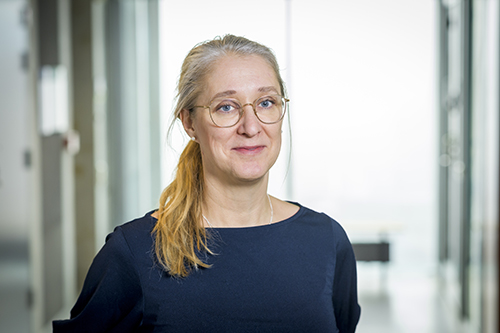Fly ash at the Culture Night: Waste in a new light
Waste and ash were the themes of aerosol researcher Jenny Rissler's seminar during the Culture Night 2025. The ashes left over after waste incineration contain more than just rubbish. Zinc, a metal that is predicted to be in short supply in the future, can be recovered – but how easy this is depends on the design of the incineration plant and the form the metal takes in the ashes.
Jessika Sellergren – Published 24 September 2025

In Sweden, waste that cannot be recycled is incinerated, and the energy released is utilised. However, this also produces a residue known as fly ash. Although the ash is a waste product from incineration, it still contains many different substances that can be extracted, including the metal zinc.
Jenny Rissler, Associate Professor of Aerosol Technology at LTH, told the Culture Night visitors at the Pufendorf Institute at Lund University about the reuse of materials from waste and how measurements are taken at MAX IV.
Her seminar, “Waste in a new light – towards a circular future with the help of the synchrotron”, attracted an interested audience who wanted to know more about how advanced measurement techniques can be used to reuse materials in a safe and sustainable way.


